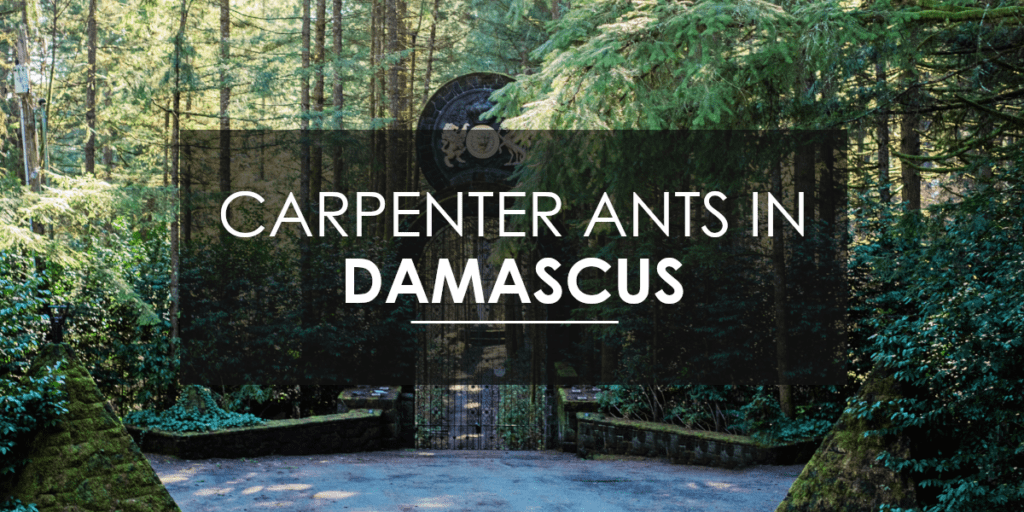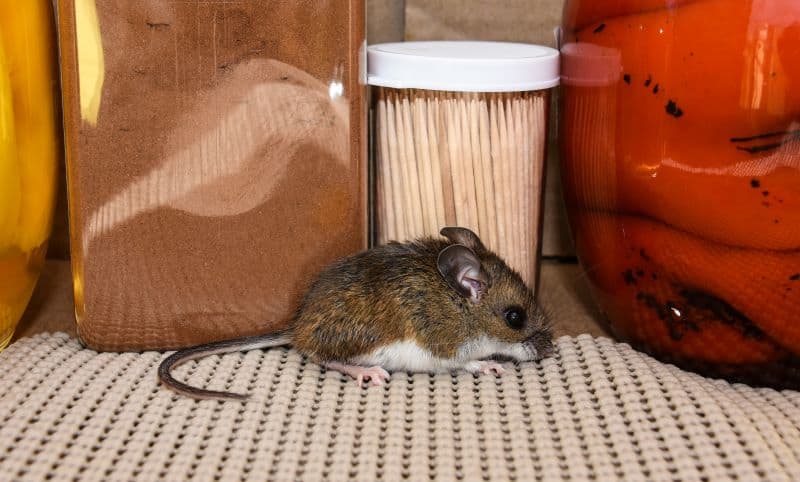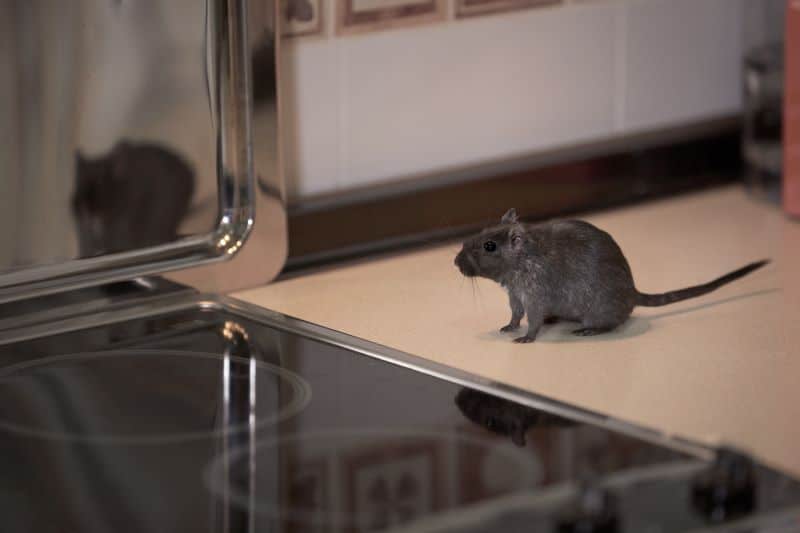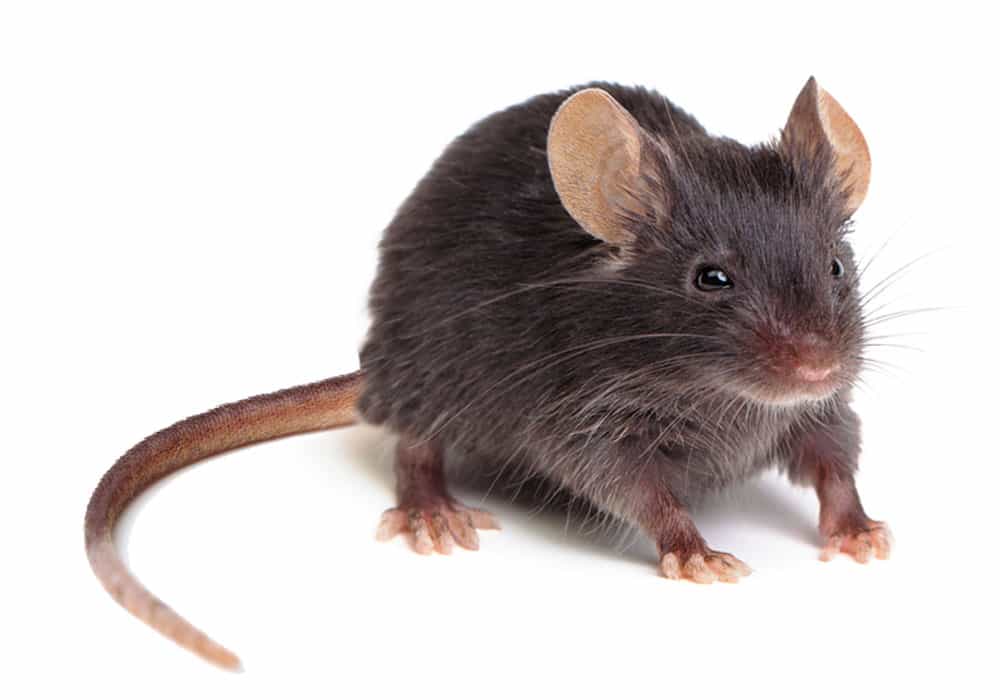How to Find a Sugar Ant Nest: A Step-by-Step Guide
If you’re dealing with a sugar ant infestation in your home, pinpointing their nest is crucial for effective elimination. Sugar ants, also known as odorous house ants, are small, black ants that emit a distinctive coconut-like odor when crushed. Their nests can be elusive, but with patience and the right approach, you can locate and address the source of the problem.
1. Observe the Ant Trails
Sugar ants typically follow consistent paths to and from their food sources. Begin by observing where you see ants in your home. They often appear in kitchens, pantries, or near trash bins. Once you spot a trail, follow it to see where the ants are coming from. This can lead you to their entry point or, in some cases, directly to their nest.
2. Inspect Common Nesting Sites
Sugar ants prefer warm, moist environments for nesting. Common indoor nesting sites include:
- Behind appliances like refrigerators and dishwashers
- Inside wall voids and behind baseboards
- Under sinks and in cabinets
- In insulation or wall voids
Use a flashlight to inspect these areas, looking for signs of ant activity or the ants themselves.
3. Use Bait to Trace the Nest
Place a small amount of sugary substance, such as honey or syrup, in an area where you’ve seen ant activity. The ants will be attracted to the bait and may lead you back to their nest. This method can be particularly effective in pinpointing the exact location of the colony.
4. Check Outdoors
Outdoors, sugar ants may nest under rocks, mulch, or in cracks in pavement. Inspect these areas for ant activity, especially during warmer months when ants are more active.
5. Monitor for Activity
After identifying a potential nest site, monitor the area for continued ant activity. If ants persist in the area despite your efforts, the nest may be deeper within the structure, requiring professional assistance to locate and eliminate.
6. Consider Professional Help
If you’re unable to locate the nest or if the infestation persists, it may be time to consult a pest control professional (like Aspen). They have the tools and expertise to effectively locate and eliminate sugar ant nests.
Understanding the Potential Damage
While sugar ants are primarily a nuisance, it’s important to recognize that some ant species can cause significant damage to your home. For instance, carpenter ants tunnel through wood to build their nests, which can weaken the structural integrity of your home over time. To learn more about the potential risks, visit our page on What Damages Can Ants Cause?
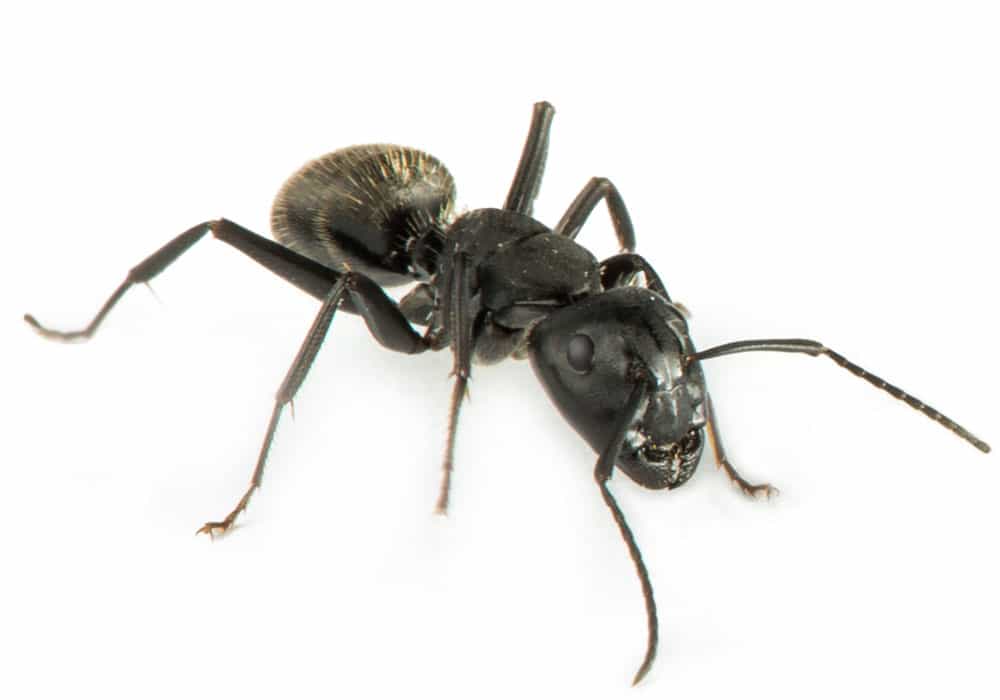
Sugar Ant Description
Size
The sugar ant is very small—measuring about 2.4-3.3mm long. They are typically about as small as a pencil eraser. Although they are small, they quickly become noticeable as they swarm around food or stream through your home in a line.
Color
Sugar ants are typically black in color.
Smell
This might sound strange, but when crushed, sugar ants release an unpleasant, coconut-smelling odor. Sugar ants have a gland that releases this smell and it’s why they are called the odorous house ant.



